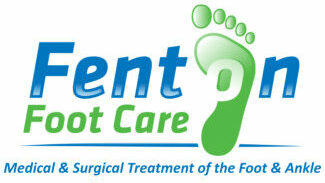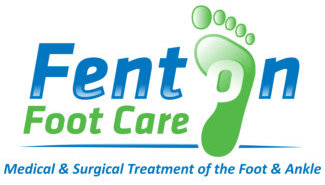[vc_row][vc_column][vc_column_text]The most common site of arthritis in the foot is at the base of the big toe. This joint is called the first metatarsophalangeal joint or 1st MTPJ. This joint is especially important because it must bend every time a step is taken. As the joint ages, walking can become painful or difficult. The 1st MTPJ is made up of two bone ends, each protected and covered by smooth cartilage. Wear and tear from injury or normal use can cause damage to this cartilage. As the protective cartilage wears away, the bones start rubbing together. This may lead to a bone spur (bone overgrowth). Spurs will reduce the joints normal function and range of movement. The result is a stiff big toe known as hallux rigidus.
Hallux rigidus normally develops in adults between the ages of 30 and 60 years. Typical symptoms include pain in the joint with activity, swelling around the joint, a bump on the top of the toe, or stiffness in the big toe and inability to bend it up or down. It is not know why this appears in some people and not in others. It may be due to injury or a foot structure that increases stress on the joint. Hallux rigidus is easier to treat when diagnosed early. If you have difficulty bending your toe up and down, or notice you are walking on the inside of your foot see your podiatrist right away. Waiting until a bony bump on the top of the toe develops or the toe cannot bend can cause greater treatment difficulties.
After a foot examination and maybe x-rays, the doctors at Fenton Foot Care can determine the correct treatment. Pain relievers and anti-inflammatory medications are commonly used to ease the pain. Using ice packs and topical medications also help reduce inflammation and control the pain. If hallux rigidus is caught early, wearing shoes with a large toe box, rocker bottom design, or orthotics may be all that is needed. Many times surgery is necessary to correct this condition. There are three main types of surgery used. Spur removal, joint replacement, or joint fusion. Drs Hirt, and Holdren are able to determine which surgery is best biased on joint function and patient demands. Stop in today![/vc_column_text][/vc_column][/vc_row]


